Description
hardware flow control. It is an ideal choice in the field of industrial automation.
In the Internet of Things era, look at the IOT strategic deployment of the “four major families” of industrial robots
When we talk about Industry 4.0 or smart manufacturing, we cannot help but mention the “four major families” of robots – KUKA, ABB, FANUC, and Yaskawa,
because as the industrial robot companies with the highest level of intelligence at present, they are in the industry They have important influence. In the era of the
Internet of Things, what are these four major families doing?
As a relatively mature product, industrial robots are difficult to judge from the perspective of ordinary users. Especially in today”s era, it is impossible to create a
generational gap through technology.
Just like when someone asks about the advantages and disadvantages of the car-making technologies of Mercedes-Benz and BMW, all I can say is, “It doesn”t matter
if you ride in a Mercedes-Benz or drive a BMW.” Comparing industrial robots to car-making, most of the key technologies used in car-making must be shared by Mercedes-Benz
and BMW. The differences in other “marketing technologies” will not affect the technological competition pattern.
So what will industrial robot manufacturers mainly rely on to widen the gap in the future? There is only one answer, the Internet of Things strategy. Without realizing it,
KUKA, ABB, FANUC, and Yaskawa, the four major industrial robot giants, have already been stationed in the field of Internet of Things and are ready to go.
KUKA(Midea)
On December 30, 2016, Midea Group’s tender offer for the shares of Germany’s KUKA Group (KUKA), the world’s leading provider of intelligent automation solutions,
through MECCA InternaTIonal (BVI) Limited, has received approval from all relevant regulatory authorities.
At the annual meeting of Midea Group on January 12, 2017, Fang Hongbo, Chairman of Midea Group, emphasized the industrial significance of Midea’s acquisition
of KUKA: In the future, Midea will build a second industrial segment besides the home appliance industry, namely the robotics and industrial automation industry segment. This is The new growth point of beauty.
The annual meeting invited KUKA CEO TIll Reuter, who has just entered the Midea system, to give a speech. When explaining the core strategic goals for the future,
Reuter mentioned the two concepts of “intelligent machines” and “digital areas”, which are the two concepts that run through the Internet of Things technology in the company”s business:
Intelligent machines: Among the industrial robots manufactured by KUKA, they are equivalent to advanced robots with both autonomy and mobility. Soon a large number
of industrial robots will “step out of the work cage that is isolated from humans” and begin to work closely with humans, further improving their flexibility. Reuter said that as
industrial robots continue to develop, smart machines with better autonomy and mobility will emerge.
Digital area: It is a solution that combines the knowledge related to production processes of various industries that KUKA has cultivated in the past with the
most cutting-edge IT. Reuter said: “We are familiar with the production processes of products such as cars and aircraft. We want to connect our technical experience with IT to provide
customers with intelligent systems.” Reuter said that by optimizing intelligent systems, that is, complex systems based on big data analysis, reducing downtime
and predictive maintenance of various production systems, new business models can be created and a highly integrated value chain can be built.
According to IFR data, in the field of automobile manufacturing, KUKA robots have the largest market share in the world. We might as well start with the automotive industry
and show you how KUKA uses the “Internet of Things box” to construct the Jeep Wrangler”s body-in-white workshop into an IIoT (Industrial Internet of Things) factory.
https://www.xmamazon.com
https://www.xmamazon.com
https://www.plcdcs.com/
www.module-plc.com/
https://www.ymgk.com
BAB-740 11887 REV F PMCE-740 REV B.202012230809379 ELTEC
SST-DN3-PCI-2 DSQC658 SST ingle channel robot graphics card
UFC760BE43 3BHE004573R0043 ABB DCS / PLC system module
SK829007-B ABB RC surge suppressor
UR8AH GE Universal Relay UR Series
FBM232 P0926GW Foxboro Ethernet Communication Module
6ES7972-0BA60-0XA0 SIEMENS DP bus connector
VMIVME-5565 GE Ultra-high-speed optical fiber reflective memory
KUC755AE106 3BHB005243R0106 ABB Portal crane power exciter control module
UR6UH GE Digital input / output module universal relay ur series
E33NCHA-LNN-NS-00 Pacific Scientific Hybrid Step Motor in the E Series
JANCD-XCP0101C-1 YASKAWA Controller Board
CPS-150F YASKAWA Power Supply
PP825 3BSE042240R1 ABB Panel 800 Operator Panel
3500/42M 176449-02 Bently Nevada Proximitor/Seismic Monitor
DECS-200-2L BASLER ELECTRIC Digital Excitation Control System
OCAHG492838402 ABB PLC circuit board
SC-UCMX01 51307195-175 HONEYWELL RTU2020 CONTROLLER
OCAHG 492838402 ABB Analog output 4ch
OCAH 940181103 ABB Output panel
1746-NO4VA A-B SLC 500 Analog Output Module
NDCU-12C NDCU-12CK ABB DRIVE CONTROL UNIT
CB06551 PRD-B040SSIB-63 KOLLMORGEN SERVO DRIVE
FC-PSU-UNI2450U V1 Honeywell Power Supply Module
MOX12-P3509 B 80026-173-23 ABSOLUTE POWER SUPPLY
TP854 3BSE025349R1 ABB Baseplate
XV-440-10TVB-1-20 EATON ELECTRIC Terminal Tactil 10.4″
VMIVME-7455 GE Standard VME double height Eurocard
UR6DH GE Digital I/O Input Output UR Series Universal Relay Module
VMIVME-4140 GE 16-Channel 12-bit Analog Output Board
VMIVME-2128 GE Digital Output Board
DSSR122 4899001-NK ABB Power Supply Unit
3BSE008538R1 ABB Terminator for Modulebus
3401 TRICONEX Digital Output Module
2000417 TRICONEX Safety Manager Module
2000418 TRICONEX Safety Manager Module
3381 TRICONEX Safety Manager Module
3301 TRICONEX Digital Input Module Each TMR Digital Input Module
3351 TRICONEX Analog Input Module
3201 TRICONEX Communication Module
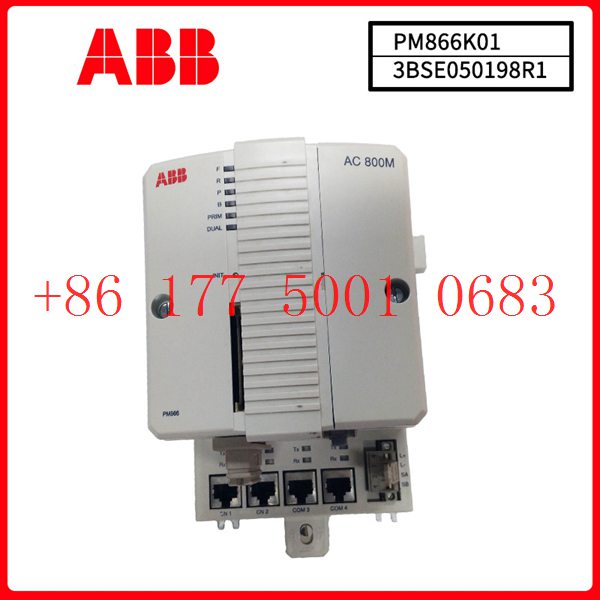
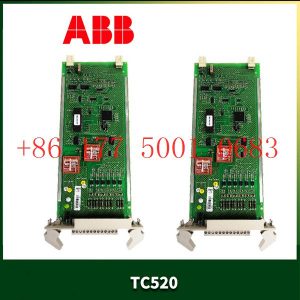
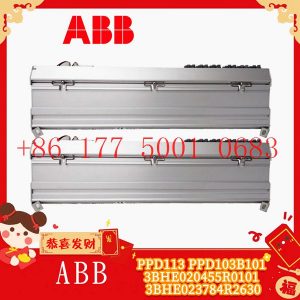
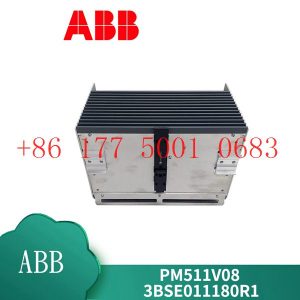
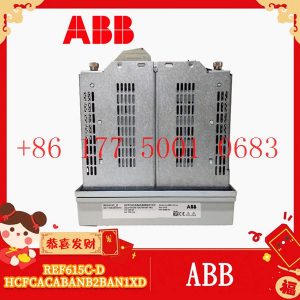
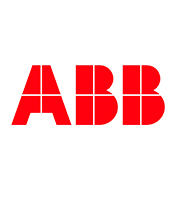



Reviews
There are no reviews yet.